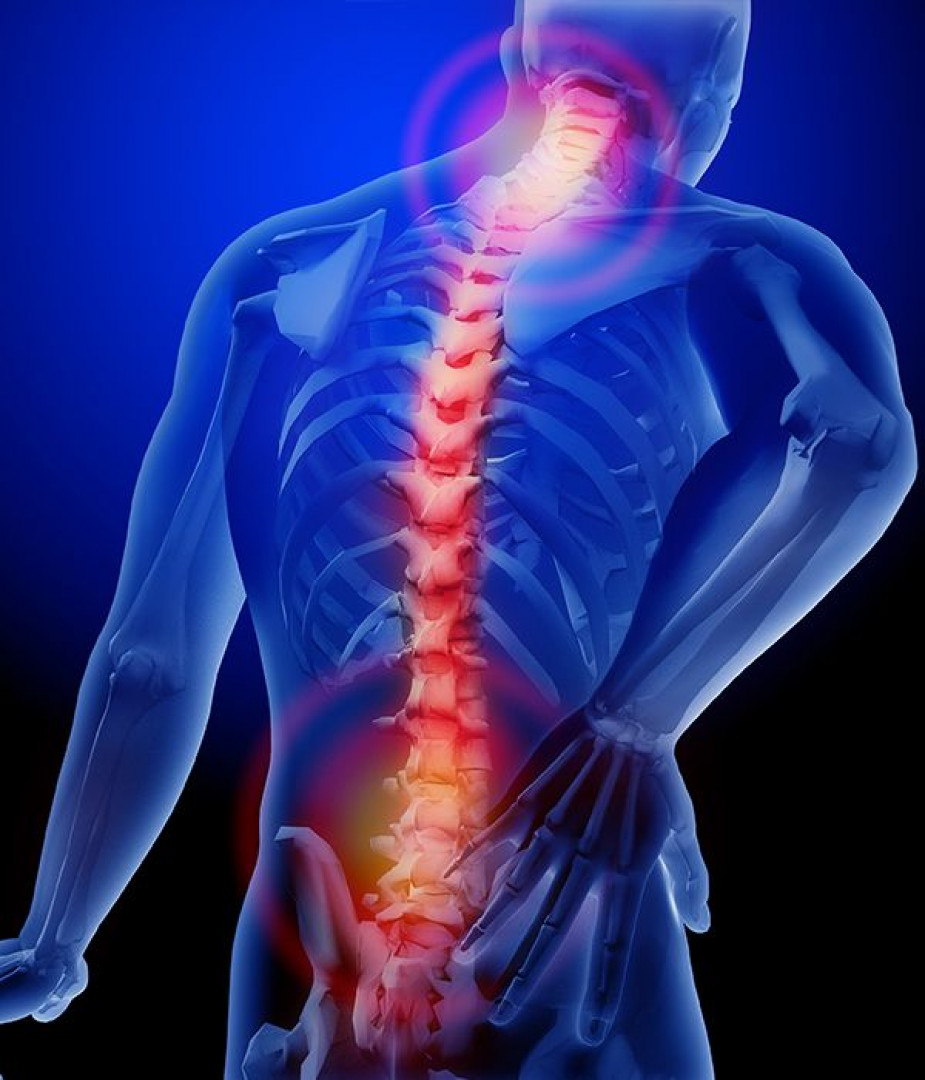Translational Cardiology Research Laboratory
With coronary artery disease the leading cause of death in men and women in Australia, Professor Ravinay Bhindi and his team from the Kolling Institute and Royal North Shore Hospital are working to improve treatment for the disease. Our overall aim is to improve the understanding, survival and quality of life of patients with coronary artery disease. Our research spans from the molecular and pre-clinical laboratory to clinical trials and studies. We examine basic models of heart disease to understand the mechanisms and pathways involved in the development of coronary artery disease.
New technology is assisting our research as we take advantage of innovative computer modelling supported by artificial intelligence. We are also using cutting edge technology in the cardiac catherisation laboratory for patients undergoing coronary angiography and stent implantation. This includes the use of intravascular imaging using optical coherence tomography, where we can see inside the coronary arteries of patients and determine the effects of coronary artery disease on blood flow.
Our research is examining the way heart valves degenerate and fail. We are investigating new minimally invasive techniques of valve replacement, including transcatheter aortic valve implantation.
Our current research has led us to collaborate internationally with some of the industry’s leading minds around Australia, the United Kingdom, Canada, United States and Europe. Our approach enables us to provide care which will improve outcomes for patients with stable and unstable coronary disease, chronic total occlusions, irregular heart beat and spontaneous coronary artery dissection.
Our research falls under four main areas:
- Understanding the critical role of the early-immediate transcription factor (Egr-1) in the protective effect of remote ischaemic preconditioning prior to heart injury.
- Assessment of the coronary collateral circulation
- Utilising computational fluid dynamic modelling to predict calcification in the aorta
- Optimising the treatment of coronary artery disease through state of the art intravascular imaging and physiology measurements

 Professor Ravinay Bhindi
Professor Ravinay Bhindi
Medicine, Northern Clinical School
Member of the Charles Perkins Centre

The primary responsibility of the Translational Cardiology Research Laboratory is to perform basic, translational and clinical research in the field of coronary artery disease and valvular heart disease. We are working to develop a better understanding of the disease process and the best ways to manage the disease. Our ultimate goal is to deliver efficient, patient driven excellence in healthcare.

Understanding the critical role of the early-immediate transcription factor (Egr-1) in the protective effect of remote ischaemic preconditioning prior to myocardial I/R injury.
Sudden blockage of the coronary artery reduces blood flow and oxygen to the heart muscle causing a heart attack. To restore blood flow the patient undergoes coronary angioplasty and may also have a stent inserted. While this is a necessary procedure, the removal of the blockage causes cellular damage to the heart muscle due to the sudden flow of blood back to the ischaemic site. This is known as ischaemic reperfusion injury where the cardiac tissue is no longer functional resulting in tissue damage to the heart. It is well known that remote ischaemic preconditioning has the potential to reduce tissue damage caused by a heart attack, allowing for improved patient outcomes. This is a non-invasive procedure involving a short cycle of constriction and release of the artery. It occurs at a site remote to the heart for example the arm or leg using a blood pressure cuff.
The mechanisms underpinning the cardioprotective effect of remote ischaemic preconditioning remain poorly understood. Work from our group, using cellular and animal models of a heart attackhave demonstrated that the master regulator early growth response-1 (Egr-1), plays an important role in regulating this protective process at both the donor (remote) and recipient (cardiac) site. There is evidence that remote ischaemic preconditioning can decrease the level of Egr-1, to reduce the expression of a number of downstream inflammatory signalling molecules which are well known to cause myocardial damage. Interestingly, studies in diabetic models have not had the same response to remote ischaemic preconditioning. This may be due to the increased oxidative stress and inflammatory process already present in diabetes.
This body of research is based at the Kolling Institute and has the potential to improve the understanding of the protective mechanisms which are activated during heart attacks. It could also form therapeutic targets for treatment and prevention. The laboratory team continues to unravel the pathways involved in these processes in diabetic and non-diabetic models.
Assessment of the coronary collateral circulation
A chronic total occlusion occurs when a coronary artery is blocked, preventing blood, oxygen and nutrients from supplying the heart muscle. With some people, new blood vessels develop and grow from other arteries to supply the heart muscle.. We know that approximately 20% of people are able to grow these new blood vessels, but the reasons why and how this occurs are yet to be determined. The benefit of these new blood vessels on prognosis and outcomes remains to be determined.
Our research aims to identify the prevalence of chronic total occlusions – or blockages - the mechanisms by which patients are able to recruit these new blood vessels as well as the impact on prognosis. Despite advances in current treatment strategies, studies estimate that 20-30% of patients do not receive treatment. By identifying the mechanisms by which these new blood vessels develop, we aim to identify potential therapeutic targets for patients who are unable to have stents or bypass surgery. This would result in improved outcomes for a large proportion of patients.
Our research to date, which has been presented in national and international conferences as well as peer reviewed journals has identified the prevalence of chronic total occlusions in the population as well as the prevalence of spontaneous new blood vessels in patients presenting with heart attacks. We have shown that their presence is associated with improved outcomes. We have also identified early markers which could be targeted for future treatment to stimulate new blood vessels in patients.
Utilising computational fluid dynamic modelling to predict calcification in the aorta
Aortic valve calcification is the build-up of calcium deposits, restricting the ability of the valve to efficiently open, thereby placing extreme stress on the heart to allow pumping of blood to the organs and body. It is associated with adverse cardiovascular events, such as heart failure, arrhythmias and sudden death, and is also highly prevalent in patients with coronary artery disease. Several risk factors are associated with aortic valve calcification including, smoking, diabetes, high blood pressure, and high cholesterol.
The goal of our research is to predict the calcification in the aortic valve using numerical simulation. A three-dimensional computer-aided design model of the left ventricle is generated using images obtained from CT patient scans. In the pre-processing stage, appropriate boundary conditions are applied for inlet and outlet. In our models, the inlet is assumed to the mitral valve and the outlet is assumed to the aorta. The velocity profile from the cardiac cycle is applied at the inlet and the pressure profile is applied at the outlet. The wall is applied as no-slip condition. To determine the proper mesh size, mesh independence test is conducted with several simulations to improve the accuracy of the computational fluid dynamics simulation. As a result of simulation, we calculate hemodynamic parameters such as wall shear stress, vorticity and velocity vector. The shear stress at the wall is associated with blood flow. Wall shear stress is widely assumed to play a key role in the formation and growth of atherosclerotic plaque. Vorticity is mathematically defined as the curl of the velocity field. Simply, vorticity is a physical quantity involving the rotation of spinning of a fluid particles. Through this research, we expect to identify the relation between calcification in the aortic valve and quantitative hemodynamic parameters in terms of predicting areas of calcification. Furthermore, we expect to determine the mechanism of how geometrical factors of the left ventricle affect the formation of the calcium using quantitative analysis.
Optimising the Treatment of Coronary Artery Disease through State of the Art lntravascular Imaging and Physiology Measurements
This theme encompasses two branches of coronary artery disease, saphenous vein graft failure, and assessment of Fractal Flow Reserve measurements in patients with atrial fibrillation.
- Saphenous vein graft failure following coronary artery bypass graft surgery remains a significant problem with 15% of grafts occluding in the first year, and a subsequent graft attrition rate of 1-4% per year. Specifically compared with native coronary arteries saphenous vein grafts are thinner walled, with a thin media, poorly defined internal elastic lamina, absent external elastic lamina, fewer smooth muscle cells and increased vaso vasorum. Functionally, vein grafts are characterised by increased lipid deposition and increased thrombosis. Little is known about the pathogenesis of plaque instability, and the resultant acute coronary syndromes in vein graft atherosclerosis. Using state of the art imaging techniques such as optical coherence tomography and intravascular ultrasound we aim to compare saphenous vein grafts and native coronary atheroma morphology, combined with powerful tissue and blood measurements to understand why coronary artery bypass grafts fail. Characterisation of saphenous vein grafts instability could assist in design and application of therapeutic agents in both treatment and prevention of saphenous vein grafts plaque build-up and instability.
- Atrial fibrillation affects between 10-15% of patients that undergo coronary interventions, however, there is no single study that informs our assessment of patients, or validity of Fractional Flow Reserve in this setting. This is a very high-risk population, many of whom are on long term anticoagulants. Therefore the decision to implant a stent, usually with an additional two antiplatelet agents, has important implications to ongoing thrombotic and bleeding risk. Consequently, the accuracy of Fractional Flow Reserve in this population needs to be established, as well as the performance of newer indices to explore whether they may provide a more efficient assessment. Our research aims to determine the optimal method to evaluate myocardial ischaemia in the presence of atrial fibrillation . Intracoronary physiology measurements using Fractional Flow Reserve are used to guide revascularisation and has been shown to reduce major adverse outcomes. However there has been no assessment of the effectiveness of this in the presence of atrial fibrillation. Given the variability in atrial fibrillation, Fractional Flow Reserve readings are expected to be less accurate and reproducible, indicating a need for an improved method to assess intracoronary physiology.

https://sydney.edu.au/medicine/people/academics/profiles/ravinay.bhindi.php#publications-by-year
http://sydney.edu.au/medicine/people/academics/profiles/usaid.allahwala.php#publications-by-year
Publication highlights:
Allahwala UK, De Silva K, Bhindi R. (2019). Utilizing coronary physiology to guide acute coronary syndrome management: are we there yet? Future Cardiol. doi: 10.2217/fca-2019-0026.
Allahwala UK, Brilakis ES, Byrne J, Davies JE, Ward MR, Weaver JC, Bhindi R. (2019). Applicability and Interpretation of Coronary Physiology in the Setting of a Chronic Total Occlusion. Circ Cardiovasc Interv. 12(7):e007813. doi: 10.1161/CIRCINTERVENTIONS.119.007813.
Allahwala UK, Ward MR, Brieger D, Weaver JC, Bhindi R. (2019). Indications for Percutaneous Coronary Intervention (PCI) in Chronic Total Occlusion (CTO): Have We Reached a DECISION or Do We Continue to EXPLORE After EURO-CTO? Heart Lung Circ. 12. pii: S1443-9506(19)30329-4. doi: 10.1016/j.hlc.2019.03.014.
Allahwala UK, Ward MR, Bhindi R. (2018). Change in the distal vessel luminal diameter following chronic total occlusion revascularization. Cardiovasc Interv Ther. 33(4):345-349. doi: 10.1007/s12928-017-0491-8.
Translational Cardiology Research related information
Events, News and Seminars
The Kolling welcomes Australia’s leading genomics provider to the institute
Posted on: 03 November, 2025
Researchers within the Kolling Institute will shortly have the chance to strengthen their genomics c..... Read more
Category: Research Excellence, World-leading technology
New study tests how stress and big meals can trigger a heart attack
Posted on: 31 October, 2025
A heavy Christmas lunch, an argument or even smoke from a bushfire may seem harmless, but for people..... Read more
Category: Cardiovascular and Renal Research, New Treatment, Research Excellence
New report identifies key health challenges
Posted on: 13 October, 2025
The latest global health check has confirmed heart disease remains the world’s biggest killer. The c..... Read more
Category: Cardiovascular and Renal Research, Research Excellence






